Asam Pedas (Spicy Tamarind Fish) is a classic Malaysian and Singapore dish. Spanish Mackerel, Stingray, or Pomfret are normally used to cook this Nyonya-style dish. The gravy has the perfect balance of hotness, sweetness, and sourness, and goes very well with rice. This asam pedas recipe is easy to prepare and absolutely delicious.
Check out our Nyonya-style acar recipe as a side of vegetables.
Chinese Version: 酸辣娘惹式亞參魚食谱

Nyonya Style Asam Pedas Recipe | MyKitchen101en
Yield: 12 servings
Ingredients:
- 400 g fish (Spanish Mackerel, Stingray, or Pomfret)
- 6 okra (ladies’ fingers)
- 2 tomatoes
- 20 dried chillies (~ 25g)
- 3-4 shallots (~ 35g)
- 3 garlic cloves (~ 10g)
- 1 onion (~ 55g)
- 1 lemongrass stalk
- 1 Tbsp dried shrimp
- ½ tsp turmeric powder (or 3-cm piece of fresh turmeric root)
- 1 lime (Extract juice)
- 2-3 Tbsp Asam Jawa (Tamarind) paste (soak in some water to extract the flavor)
- 2 sprig of Vietnamese cilantro (daun kesum, laksa leaf)
- 4 Tbsp cooking oil
- 800ml water
- 1 ½ tsp salt
- 2 tsp sugar
(adjust salt and sugar to your liking)
[ads1]
Instructions:
1 Vietnamese cilantro (Persicaria odorata) or commonly known as Laksa leaf(Daun Kesum) in Malaysia and Singapore. This herb is often used in Southeast Asia cooking.
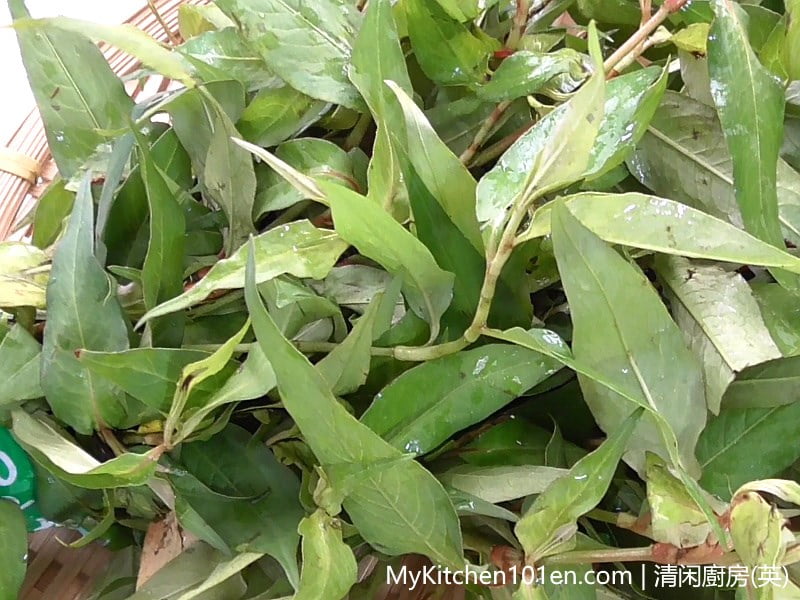
2 Trick for choosing younger Okra (ladies’ fingers) is to use your finger to feel the tip. Those with softer tips will be the youngest pods. Young okras are more tender with better texture. Add vegetables such as long bean, eggplant if you prefer.

3 Mix tamarind paste with some water and set aside.
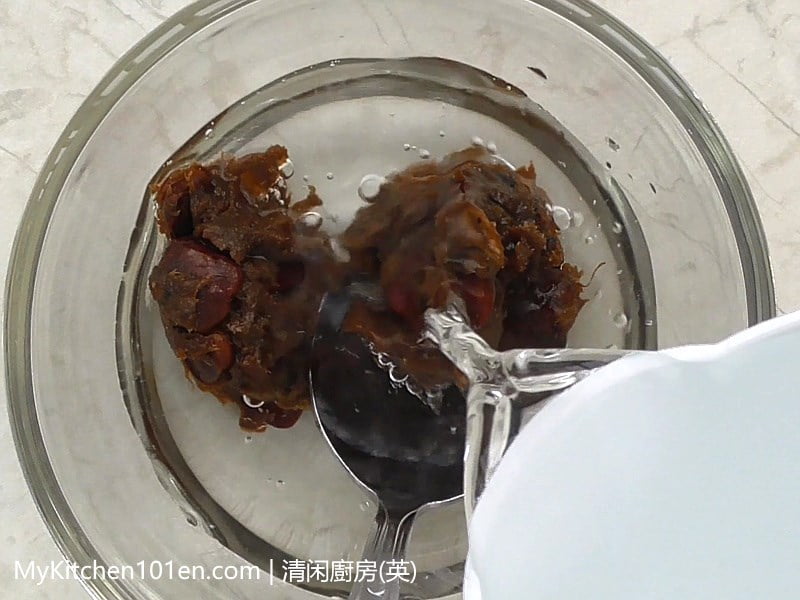
[ads1]
4 Cut, rinse and drain dried chillies.
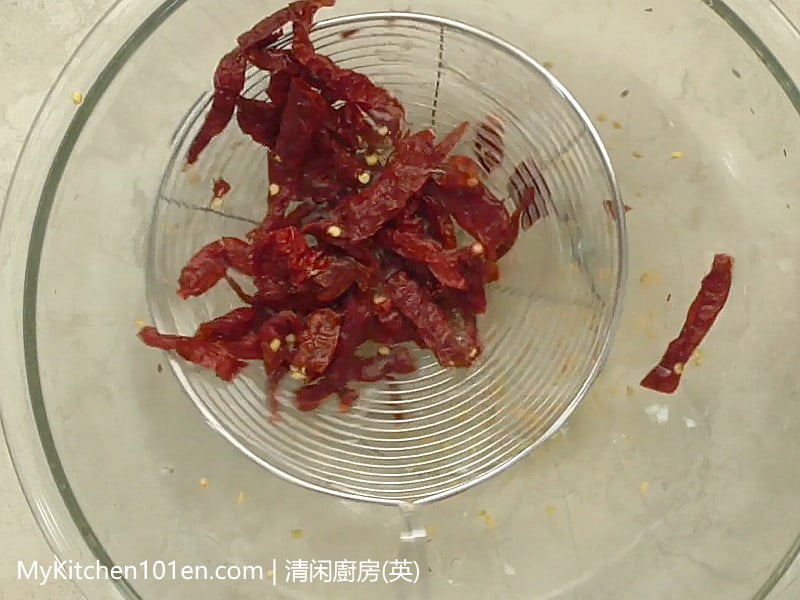
5 Combine shallot, garlic, onion, lemongrass, dried shrimp, turmeric powder and dried chillies in a blender, add in some water and process into paste, stir in between.

6 Add in 4 Tbsps of cooking oil, heat paste over medium heat, continue stirring. Cook for 10-15 minutes until the oil separate out and the paste starts to have fragrance.
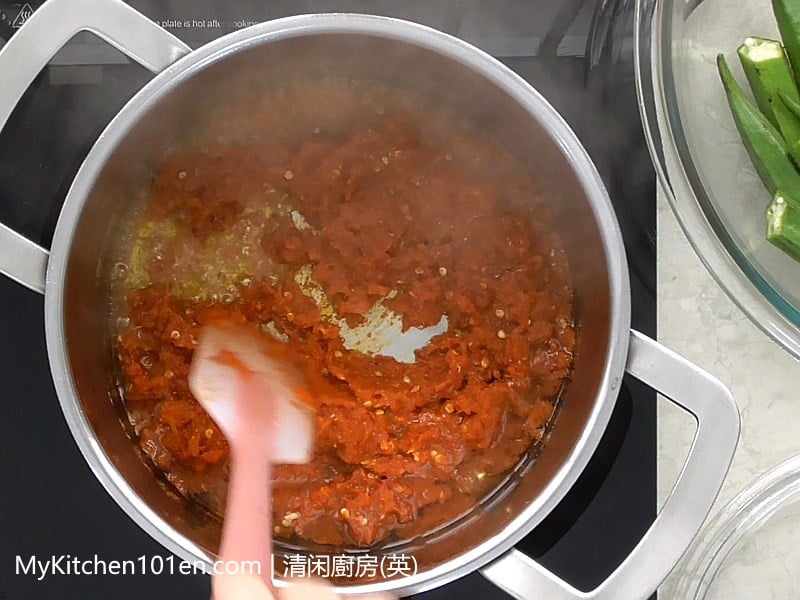
7 Add in fish, 800ml water, ladies’ fingers, tomato, sprig of laksa leaf. Bring to the boil again, reduce to low heat and cook for 8 minutes or until fish is fully cooked. Reduce amount of water if you prefer thicker gravy.
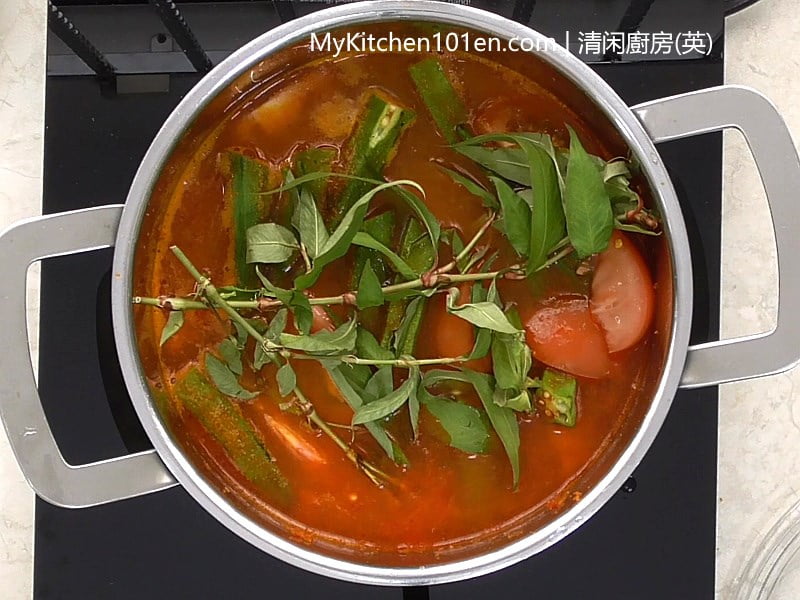
8 Add in salt, sugar, lime juice and juice from tamarind paste. Adjust sourness taste to your liking.
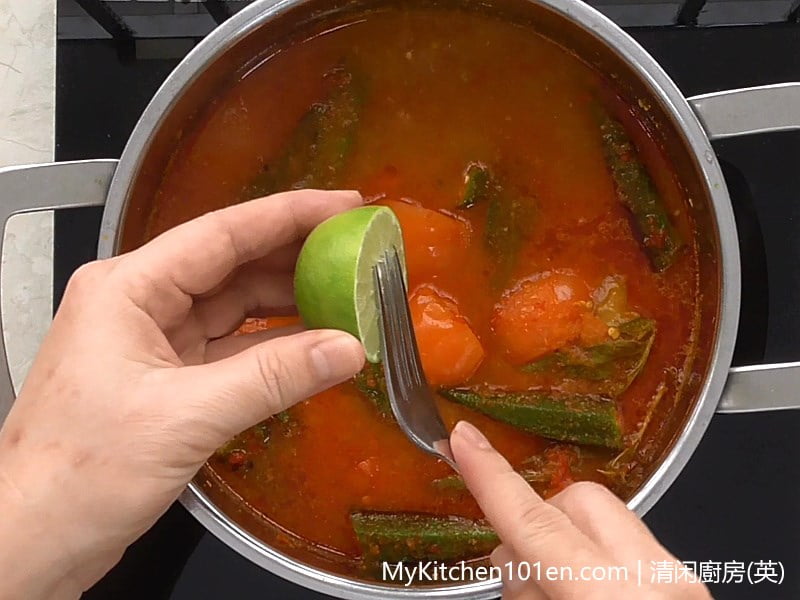
9 Turn off heat and let the asam pedas sit for 5 minutes before serving.

Asam Pedas Recipe (Nyonya Style)
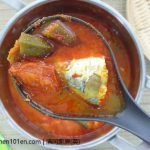
Asam Pedas (Spicy Tamarind Fish) is a classic Malaysian and Singapore dish. Spanish Mackerel, Stingray, or Pomfret are normally used to cook this Nyonya-style dish.
- 400 g fish (Spanish Mackerel, Stingray, or Pomfret)
- 6 okra (ladies’ fingers)
- 2 tomatoes
- 20 dried chillies (~ 25g)
- 4 shallots (~ 35g)
- 3 garlic cloves (~ 10g)
- 1 onion (~ 55g)
- 1 stalk lemongrass
- 1 tbsp dried shrimp
- ½ tsp turmeric powder (or 3-cm piece of fresh turmeric root)
- 1 lime (Extract juice)
- 3 tbsps Asam Jawa (Tamarind paste (soak in some water to extract the flavor))
- 2 sprig Vietnamese cilantro (daun kesum, laksa leaf)
- 4 tbsps cooking oil
- 800 ml water
- 1½ tsp salt (adjust to your liking)
- 2 tsp sugar (adjust to your liking)
Vietnamese cilantro (Persicaria odorata) or commonly known as Laksa leaf(Daun Kesum) in Malaysia and Singapore. This herb is often used in Southeast Asia cooking.
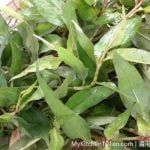
Trick for choosing younger Okra (ladies’ fingers) is to use your finger to feel the tip. Those with softer tips will be the youngest pods. Young okras are more tender with better texture. Add vegetables such as long bean, eggplant if you prefer.

Mix tamarind paste with some water and set aside.
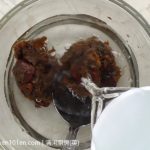
Cut, rinse and drain dried chillies.

Combine shallot, garlic, onion, lemongrass, dried shrimp, turmeric powder and dried chillies in a blender, add in some water and process into paste, stir in between.
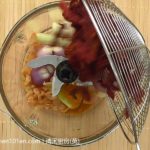
Add in 4 tbsps of cooking oil, heat paste over medium heat, continue stirring. Cook for 10-15 minutes until the oil separate out and the paste starts to have fragrance.
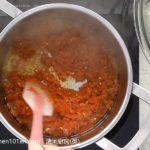
Add in fish, 800ml water, ladies’ fingers, tomato, sprig of laksa leaf. Bring to the boil again, reduce to low heat and cook for 8 minutes or until fish is fully cooked. Reduce amount of water if you prefer thicker gravy.
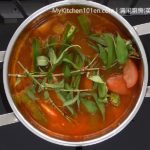
Add in salt, sugar, lime juice and juice from tamarind paste. Adjust sourness taste to your liking.
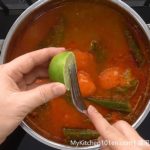
Turn off heat and let the asam pedas sit for 5 minutes before serving.
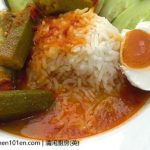
This recipe yields 12 servings.
The nutritional value for reference is for 1 serving.



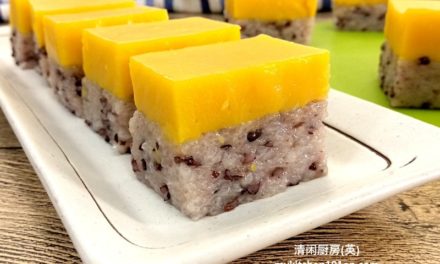
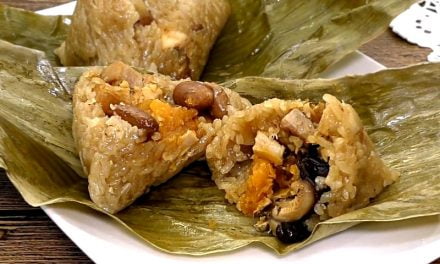
Thank you for sharing all the wonderful delicious recipes
Use wat kind of fish to cook??
Selar (Selaroides leptolepis), use any fish you prefer; Spanish Mackerel, Stingray, Pomfret etc.
Thanks will try n cook one day
Hi wanted to know the brand of the blender
Bought online, it is Joyoung JYS-A800 food processor.